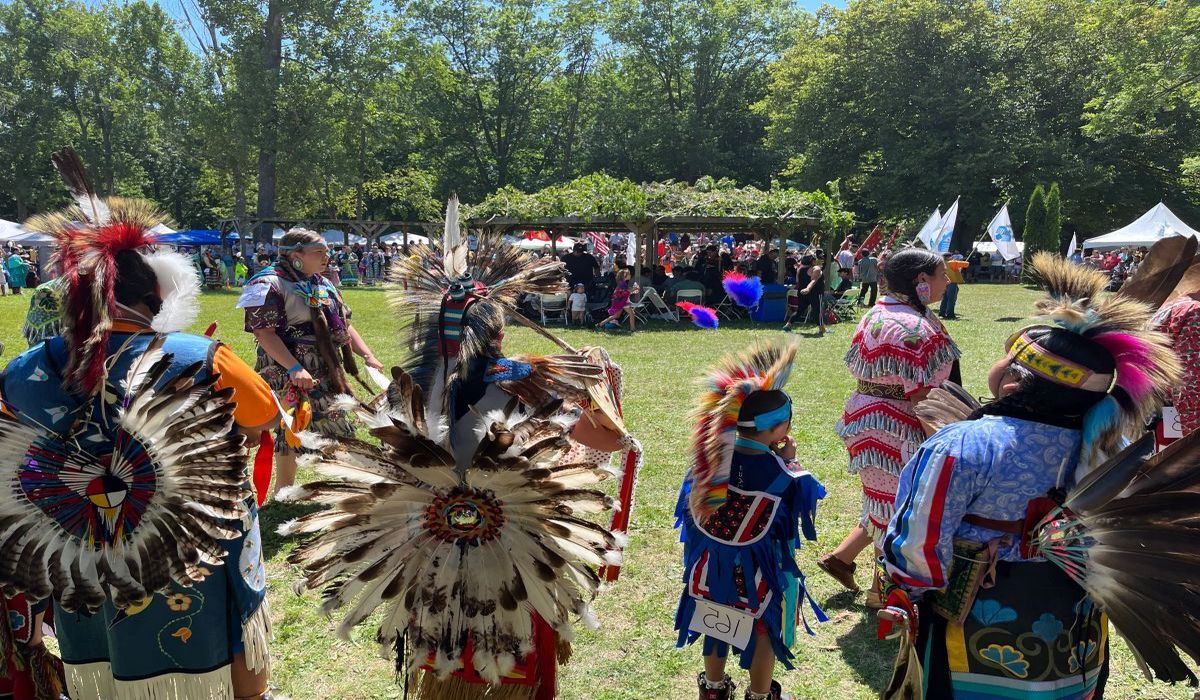
Who were the Miwok people? The Miwok were Native Americans who lived in what is now California. They thrived in diverse environments, from coastal areas to the Sierra Nevada mountains. Known for their rich culture, the Miwok had unique traditions, languages, and social structures. They were skilled hunters, gatherers, and fishermen, relying on the land for sustenance. Their intricate basket weaving and beadwork showcased their artistic talents. The Miwok also had deep spiritual beliefs, often centered around nature and animal spirits. Today, their descendants continue to preserve and celebrate their heritage, keeping the Miwok legacy alive.
Key Takeaways:
- The Miwok people, Native Americans from California, had a rich culture deeply connected to nature. They hunted, gathered, and celebrated spiritual beliefs through storytelling and art.
- Despite challenges, the Miwok culture thrives today. Descendants preserve their heritage through cultural events and language programs, keeping their traditions alive for future generations.
Miwok People: An Overview
The Miwok people are Native Americans who originally lived in what is now California. Their culture is rich with traditions, stories, and practices that have been passed down through generations.
- The Miwok tribes were divided into four main groups: Coast Miwok, Lake Miwok, Bay Miwok, and Sierra Miwok.
- They lived in areas ranging from the coastal regions to the Sierra Nevada mountains.
- Miwok homes, called "kotchas," were made from tule reeds, bark, and other natural materials.
- The Miwok language belongs to the Penutian language family.
Miwok Daily Life
Daily life for the Miwok people was deeply connected to nature. They relied on the land for food, shelter, and materials.
- Miwok men were skilled hunters, using bows and arrows to hunt deer, elk, and smaller game.
- Women gathered acorns, nuts, berries, and roots, which were staple foods in their diet.
- Acorns were ground into flour and made into a type of bread called "acorn mush."
- Fishing was also crucial, with salmon being a significant part of their diet.
Miwok Social Structure
The social structure of the Miwok was organized and community-oriented. They had leaders, but decisions were often made collectively.
- Miwok villages were led by a chief, known as a "headman," who was responsible for the well-being of the community.
- The headman was often advised by a council of elders.
- Social status was sometimes determined by one's skills in hunting, gathering, or crafting.
- Storytelling was an essential part of Miwok culture, used to pass down history and moral lessons.
Miwok Spiritual Beliefs
Spirituality played a significant role in Miwok culture. They believed in a world filled with spirits and practiced various rituals.
- The Miwok believed in a creator god named "Coyote," who played a central role in their mythology.
- They held ceremonies to honor the spirits of animals they hunted, showing respect and gratitude.
- Shamans, or spiritual leaders, conducted rituals and were believed to have healing powers.
- The Miwok celebrated seasonal events with dances, songs, and feasts.
Miwok Art and Craftsmanship
Art and craftsmanship were vital aspects of Miwok culture, reflecting their connection to nature and their creativity.
- Basket weaving was a highly developed skill among Miwok women, who created intricate designs.
- They used natural dyes from plants to color their baskets.
- Miwok men carved tools, weapons, and ceremonial objects from wood, stone, and bone.
- Shell beads were used as currency and for decorative purposes.
Miwok Today
Despite the challenges faced over the centuries, Miwok culture continues to thrive and adapt in modern times.
- Many Miwok descendants still live in California, preserving their heritage through cultural events and education.
- Efforts are ongoing to revive the Miwok language, with classes and programs aimed at teaching younger generations.
The Legacy of Miwok Culture
Miwok culture offers a rich tapestry of traditions, beliefs, and practices that continue to inspire and educate. From their intricate basket weaving to their deep spiritual connections with nature, the Miwok people have left an indelible mark on history. Their stories, dances, and songs provide a window into a world where community and environment were deeply intertwined.
Understanding Miwok culture helps us appreciate the diversity and resilience of indigenous peoples. It reminds us of the importance of preserving these traditions for future generations. By learning about the Miwok, we gain insight into a way of life that values harmony, respect, and sustainability.
As we reflect on these 22 facts, let's remember the Miwok's contributions and strive to honor their legacy. Their culture is not just a relic of the past but a living testament to the enduring spirit of humanity.
Frequently Asked Questions
Was this page helpful?
Our commitment to delivering trustworthy and engaging content is at the heart of what we do. Each fact on our site is contributed by real users like you, bringing a wealth of diverse insights and information. To ensure the highest standards of accuracy and reliability, our dedicated editors meticulously review each submission. This process guarantees that the facts we share are not only fascinating but also credible. Trust in our commitment to quality and authenticity as you explore and learn with us.
